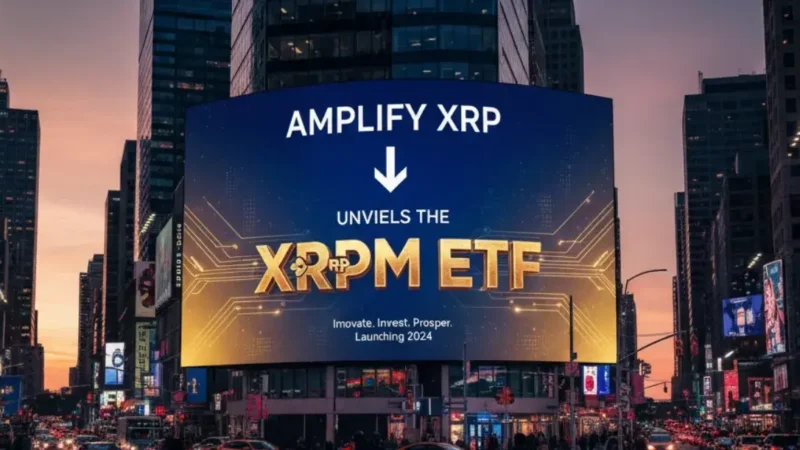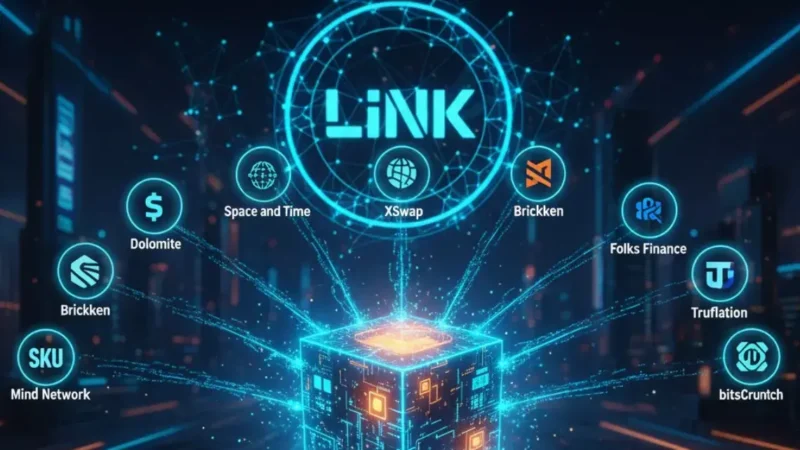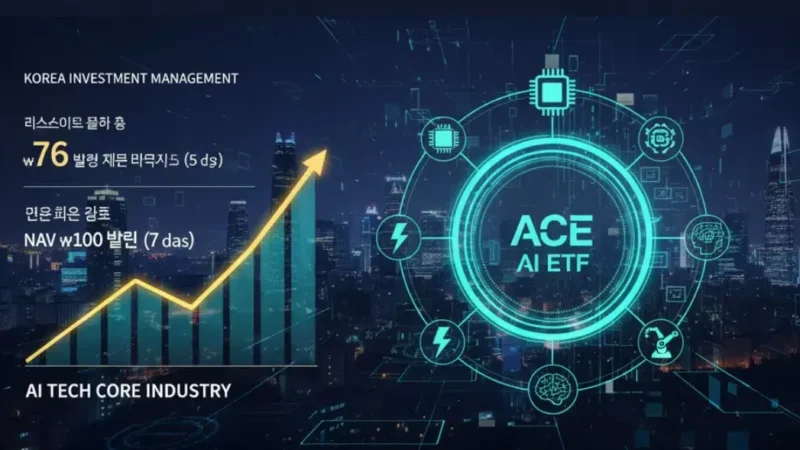DeFi Regulation 2025: Navigating the Global Regulatory Storm

The Coming Convergence: What’s Changing in Global DeFi Regulation
Decentralized Finance (DeFi) has spent years operating in a regulatory gray zone, thriving on its borderless nature and permissionless access. However, as the sector has matured into a multi-billion dollar industry, generating significant financial activity and demonstrating clear systemic risk potential, the period of regulatory leniency is rapidly drawing to a close. Governments and financial authorities worldwide are accelerating efforts to bring DeFi within the traditional financial surveillance framework.
The year 2025 is shaping up to be a critical inflection point where tentative guidelines will solidify into enforceable laws across major global jurisdictions—the US, the EU, and Asia. For users, developers, and investors in the space, understanding the nuances of the impending DeFi regulation 2025 landscape is not just prudent—it’s essential for survival. This article examines the core shifts in global policy, focusing on how these new crypto regulations US, EU crypto laws, and Asian frameworks will redefine the DeFi legal risks for all participants.
The United States: A Shift from Enforcement to Legislation
Historically, the US approach to crypto regulation has been characterized by “regulation by enforcement,” with agencies like the Securities and Exchange Commission (SEC) and the Commodity Futures Trading Commission (CFTC) using existing statutes to target specific firms and products. However, political momentum and judicial clarity are pushing for comprehensive, purpose-built legislation, setting the stage for significant DeFi regulation 2025.
Key Regulatory Drivers and Agencies
The fragmentation of US regulation is its biggest headache, with multiple bodies vying for control:
- SEC: The SEC continues to assert that many DeFi assets (especially tokens issued in initial offerings or those governed by protocols) are unregistered securities. In 2025, we can expect continued litigation defining the decentralization threshold—the point at which a protocol is truly decentralized enough to escape the “investment contract” definition established by the Howey Test.
- CFTC: The CFTC aims to regulate digital assets deemed as commodities, focusing particularly on derivatives and stablecoins used in DeFi. Legislative efforts in 2025 are likely to formalize the CFTC’s jurisdiction over spot markets for commodities like Bitcoin and potentially Ethereum.
- FinCEN/Treasury: The Financial Crimes Enforcement Network (FinCEN) and the Treasury Department are primarily concerned with Anti-Money Laundering (AML) and Counter-Terrorist Financing (CTF). Their focus is on the de-anonymization of the DeFi on-ramp/off-ramp layer, primarily through stablecoin issuers and centralized exchanges that interface with DeFi protocols.
Proposed DeFi Legal Risks
The greatest DeFi legal risks in the US center on the treatment of specific protocol roles:
- Protocol Developers/Founders: If a protocol is deemed not decentralized, its core team may face liability for operating an unregistered exchange or issuing unregistered securities.
- Front-End Providers: Entities that host user interfaces for decentralized protocols may be considered money transmitters or brokers and required to register, comply with Know Your Customer (KYC), and implement AML/CTF controls. This effectively forces decentralization onto the interface layer.
- Governance Token Holders: In highly centralized protocols, large token holders or DAO members might eventually be treated as participants in an unregistered enterprise, raising complex questions about collective liability.
The outlook for DeFi regulation 2025 in the US suggests a tightening of AML/KYC requirements at the centralized access points and continued legal battles over the nature of decentralized governance.
The European Union: MiCA and DORA Lead the Charge
The European Union is taking a unified, holistic approach, primarily through two landmark legislative packages: the Markets in Crypto-Assets (MiCA) regulation and the Digital Operational Resilience Act (DORA). The EU crypto laws are arguably the most comprehensive and clearly defined global frameworks.
MiCA: Clarity for Crypto Assets and Stablecoins
MiCA, set to take full effect by early 2025, establishes clear rules for issuing and providing services related to crypto assets within the EU’s 27 member states.
- Stablecoin Regulation: MiCA imposes strict requirements on stablecoin issuers, particularly for those deemed “e-money tokens” or “asset-referenced tokens.” Issuers must be licensed credit institutions or electronic money institutions and adhere to robust reserve management rules. This addresses a major systemic risk identified in the DeFi space.
- Service Providers (CASPs): Centralized exchanges and custody providers (deemed Crypto-Asset Service Providers or CASPs) must obtain authorization, ensure strong consumer protection, and adhere to strict AML/CTF rules.
- DeFi Exemption (Initially): Critically, MiCA initially excludes fully decentralized protocols from direct regulation, sticking to the principle that a service provider must be a legal entity. However, if a DeFi protocol has an identifiable governing body, or if specific services like lending or staking are deemed non-decentralized, they could fall under CASP requirements. Future revisions will likely target specific DeFi functions.
DORA: Focusing on Cyber Resilience
DORA, also coming into force by 2025, aims to enhance the cyber resilience of the financial sector. While not strictly a crypto law, it will impact DeFi entities that rely on third-party IT service providers (e.g., cloud services, wallet providers). Regulated entities must meet stringent standards for managing information and communication technology (ICT) risks, adding a layer of mandatory security and operational due diligence.
The DeFi regulation 2025 picture in the EU is one of high compliance costs for centralized actors and a clear, albeit narrow, path for truly decentralized protocols—for now.
Asia: A Mix of Pro-Innovation and Restrictive Policies
Asia presents a more heterogeneous landscape, with jurisdictions adopting vastly different stances on DeFi regulation 2025.
Singapore and Hong Kong: Hubs with High Standards
Financial centers like Singapore and Hong Kong are balancing innovation with strict security.
- Focus on Licensing: Both hubs require virtual asset service providers (VASPs) to be licensed and comply with rigorous AML/CTF standards. In 2025, this licensing scrutiny is expected to extend to specific DeFi functions, such as tokenized real-world assets (RWAs) and lending platforms that pool user funds.
- Investor Protection: There is a strong emphasis on limiting access to complex DeFi products to accredited or professional investors, aiming to shield retail users from major DeFi legal risks.
Japan and South Korea: Strict AML/CTF Regimes
Japan and South Korea already have highly controlled crypto landscapes. DeFi regulation 2025 efforts here will primarily focus on enforcing the Travel Rule—requiring VASPs to share originator and beneficiary information for transactions above certain thresholds—and extending its scope to potentially capture DeFi interfaces and aggregators.
China: The Unmoving Ban
Despite its technical leadership in blockchain, mainland China maintains its comprehensive ban on crypto trading and related services, including DeFi interfaces and mining. This regulatory stance is unlikely to change in the foreseeable future, creating a clear geographical division in the global market.
Preparing for the Compliance Wave: Action Items for 2025
The unified trend across all major jurisdictions in DeFi regulation 2025 is clear: transparency, accountability, and systemic stability.
1. Prioritize Decentralization
Protocols that can genuinely demonstrate immutability, lack of administrative keys, distributed governance, and a clear inability for the founding team to alter the code will stand the best chance of navigating DeFi legal risks.
2. Focus on AML/KYC at the Edges
For any entity that acts as an on-ramp, off-ramp, or front-end interface, full compliance with local AML/KYC requirements will be non-negotiable. Developers must build with the assumption that the user’s identity will be verified at the point of interaction with the regulated financial system.
3. Monitor Function-Specific Regulation
The next wave of regulation will target functions (lending, derivatives, trading) rather than just the technology itself. Protocols must be alert to regulators defining specific DeFi activities as regulated financial services.
Stay informed, read the latest crypto news in real time!
DeFi regulation 2025 marks the end of the “Wild West” era and the beginning of a compliance-focused industry. While this may increase friction, it also paves the way for institutional adoption and greater stability, ultimately integrating DeFi into the global financial fabric.




